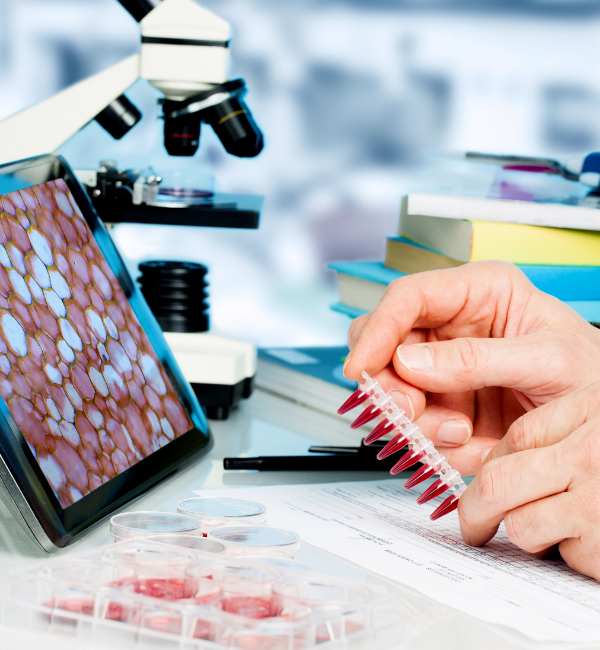Paper DNA


Students participate in a role-play to demonstrate the structure of DNA.
Students separate into groups to represent the four different nucleobases- adenine, thymine, guanine and cytoside. One volunteer acts as a DNA polymerase to add nucleobases to a single strand of DNA according to the base pair rule.
What You Need
Physical Requirements
- Open space for students to gather in groups and line up.
Materials
- Nucleotide signs, on different coloured pieces of paper (32 total, 8 per nucleotide).
Guide:
Safety Notes
Ensure you are familiar with Let's Talk Science's precautions with respect to safe delivery of virtual outreach to youth. These precautions can be found in the manual for this activity.
What To Do
- Separate students into four groups. Give every member of each group a different sign with a base pair on it (Group 1 = “A”, Group 2 = “T”, Group 3 = “G’, Group 4 = “C”).
- Take roughly half of the students from each of the four groups and have them line up randomly along the side of the room.
- Assign one student volunteer to act as DNA polymerase. If you have an even number of students, one of the volunteers or teachers could play this role.
- Have the student playing DNA polymerase stand in front of the first student in line. Ask the students what nucleobase it should be paired with.
- A student with the corresponding correct nucleobase will stand in front of the first student in line.
- Have the student playing DNA polymerase continue moving down the line of students until everyone is paired.
Discovery
Deoxyribonucleic acid, or DNA, is made up of building blocks called nucleobases. The four nucleobases are cytosine ('C'), adenine ('A'), guanine ('G') and thymidine ('T'). The base pair rule states that adenine only pairs with thymidine and cytosine only pairs with guanine. The nucleobases are paired between two sugar phosphate strands that form a double helix. When the students line up, they represent one half of a DNA strand. DNA polymerase works by adding nucleobases to the single strand of DNA during replication (copying). DNA polymerase helps nucleobases find each other and make sure they are paired properly.
DNA is a molecule that carries the instructions used for the development, functioning, growth and reproduction of all living things.
Genomics Resources (STEM in Context): Resource page including articles and career profiles related to genomics. https://letstalkscience.ca/educational-resources/stem-in-context/genomics-resources
What's Happening?
Deoxyribonucleic acid, or DNA, is made up of building blocks called nucleobases. The four nucleobases are cytosine ('C'), adenine ('A'), guanine ('G') and thymidine ('T'). The base pair rule states that adenine only pairs with thymidine and cytosine only pairs with guanine. The nucleobases are paired between two sugar phosphate strands that form a double helix. When the students line up, they represent one half of a DNA strand. DNA polymerase works by adding nucleobases to the single strand of DNA during replication (copying). DNA polymerase helps nucleobases find each other and make sure they are paired properly.
Why Does it Matter?
DNA is a molecule that carries the instructions used for the development, functioning, growth and reproduction of all living things.
Investigate Further
Genomics Resources (STEM in Context): Resource page including articles and career profiles related to genomics. https://letstalkscience.ca/educational-resources/stem-in-context/genomics-resources
